Home>Renovation & DIY>Tools & Equipment>How To Organize Tools
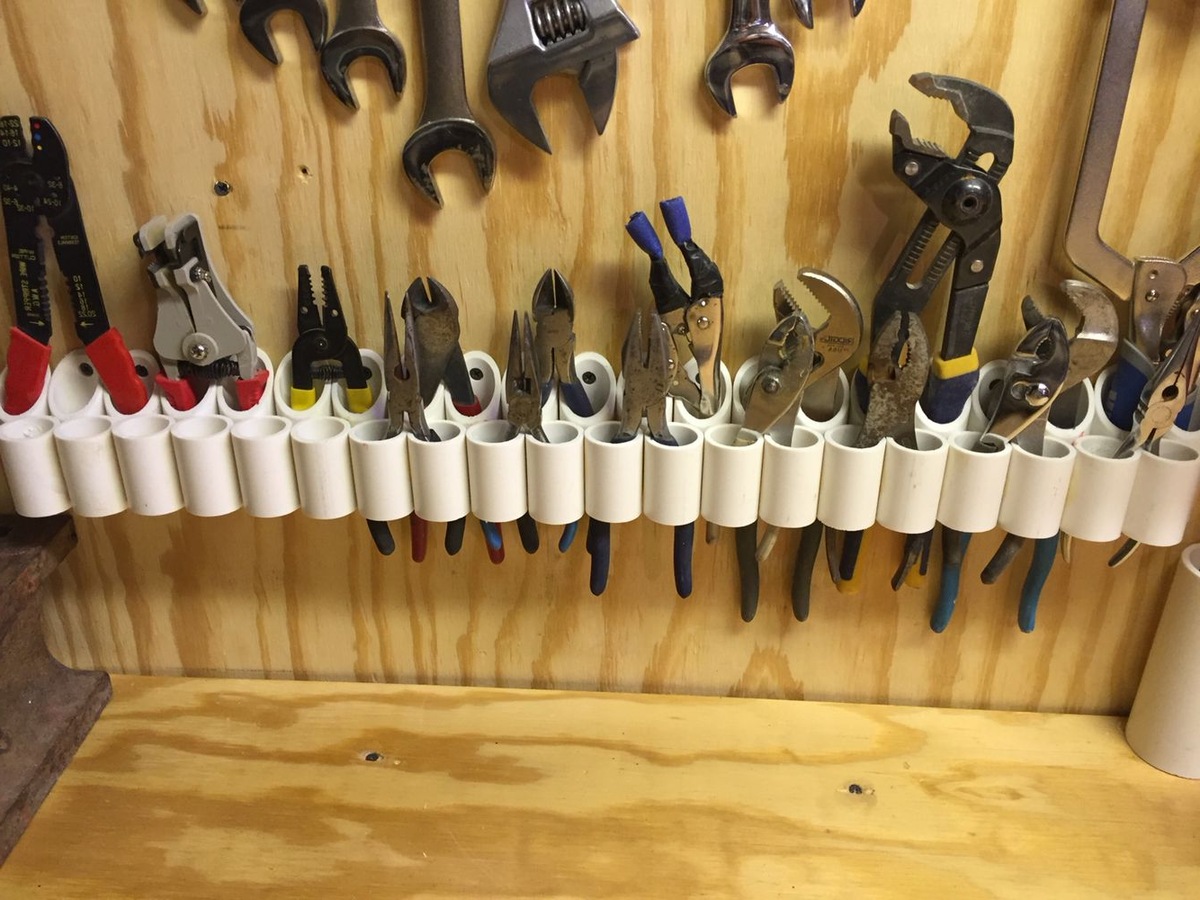

Tools & Equipment
How To Organize Tools
Published: March 3, 2024
Learn how to efficiently organize your tools and equipment with our expert tips and ideas. Find the best ways to declutter and arrange your workspace for maximum productivity.
(Many of the links in this article redirect to a specific reviewed product. Your purchase of these products through affiliate links helps to generate commission for Storables.com, at no extra cost. Learn more)
Importance of Organizing Tools
Organizing your tools is crucial for a smooth and efficient DIY experience. It not only saves time but also reduces frustration when you can't find the right tool for the job. A well-organized tool collection also helps to extend the lifespan of your tools by preventing damage and rust. Moreover, it enhances safety by reducing the risk of accidents caused by tripping over scattered tools or using damaged ones unknowingly. In addition, an organized workspace creates a sense of order and boosts productivity, making your DIY projects more enjoyable and successful.
Key Takeaways:
- Keep your tools organized to save time, prevent frustration, and extend their lifespan. Sorting, labeling, and involving others in the process can help maintain a well-organized tool collection.
- Choose the right storage solutions based on your tool collection, space, and usage frequency. Regular maintenance, cleaning, and creating a functional workspace enhance efficiency and safety for DIY projects.
Read more: How To Identify Machinist Tool Chest
Sorting and Categorizing Tools
When it comes to sorting and categorizing your tools, it's essential to have a systematic approach. Start by gathering all your tools in one place. Then, begin sorting them into categories based on their functionality. For instance, group all the cutting tools together, such as saws, scissors, and knives. Similarly, gather all the measuring tools like tape measures, rulers, and levels. This process allows you to see exactly what you have and makes it easier to identify any missing or duplicate items.
Once you have sorted your tools into categories, consider further subcategorizing them. For example, within the cutting tools category, you can separate the saws from the knives and scissors. This level of detail may seem excessive, but it makes it incredibly convenient to locate specific tools when you need them. Additionally, it helps in identifying any tools that may need replacement or maintenance.
To keep track of your sorted and categorized tools, consider using labels or color-coding. Labeling drawers, shelves, or storage containers with the names of the tool categories ensures that everything has its designated place. This not only helps you find what you need quickly but also encourages you to return the tools to their proper location after use, maintaining the organization.
Lastly, don't forget to involve your family members or anyone else who shares the workspace in the sorting and categorizing process. This ensures that everyone is aware of the system in place and can contribute to maintaining the organization of the tools.
Choosing the Right Storage Solutions
When it comes to choosing the right storage solutions for your tools, it's essential to consider the size and quantity of your tool collection, the available space in your workspace, and the frequency of tool usage. Here are some effective storage solutions to consider:
-
Tool Chests and Cabinets: Ideal for larger tool collections, tool chests and cabinets offer ample storage space and organization. They often come with drawers and compartments of various sizes, allowing you to store different types of tools separately. Look for options with sturdy locks to ensure the security of your tools.
-
Pegboards and Wall Hooks: Pegboards are versatile and space-saving storage solutions. They allow you to hang tools of various sizes and shapes, keeping them visible and easily accessible. Consider using different hook sizes to accommodate different tools. Additionally, labeling the outlines of the tools on the pegboard can help maintain organization.
-
Tool Racks and Shelves: Tool racks and shelves are great for organizing frequently used tools. They can be mounted on walls or placed on workbenches, providing quick access to essential tools. Consider adjustable shelves to accommodate tools of different heights.
-
Tool Bags and Cases: For portable tool organization, consider investing in durable tool bags and cases. These are perfect for carrying a select set of tools to different project locations. Look for options with multiple pockets and compartments to keep tools organized and protected during transportation.
-
Drawer Organizers and Inserts: Utilize drawer organizers and inserts to keep smaller tools and accessories neatly arranged. These are especially useful for organizing screws, nails, drill bits, and other small items. Clear organizers allow you to see the contents at a glance, making it easier to find what you need.
-
Mobile Tool Carts: If you frequently move around your workspace or project sites, a mobile tool cart can be a convenient storage solution. Look for a sturdy cart with multiple drawers and compartments to keep your tools secure and organized while on the move.
When selecting storage solutions, prioritize durability, accessibility, and the ability to accommodate your current and future tool collection. By choosing the right storage solutions, you can maintain an organized workspace and ensure that your tools are readily available when needed.
Use a pegboard or tool chest to keep tools organized and easily accessible. Label each tool’s designated spot to ensure everything is always in its place.
Maintaining and Cleaning Tools
Proper maintenance and regular cleaning are essential for preserving the functionality and longevity of your tools. Here's how you can effectively maintain and clean your tools:
-
Regular Inspection: Routinely inspect your tools for any signs of wear, damage, or rust. Look for loose handles, blunt cutting edges, or any other visible issues. Addressing these issues promptly can prevent further damage and ensure the safety of your tools.
-
Cleaning Process: Before storing your tools, make it a habit to clean them thoroughly. Remove any dirt, dust, or debris using a brush or a damp cloth. For stubborn residues, consider using a mild solvent or cleaning solution suitable for the specific type of tool. Ensure that the tools are completely dry before storing them to prevent rust and corrosion.
-
Lubrication: For tools with moving parts, such as pliers, wrenches, and saws, applying a thin layer of lubricant can prevent rust and corrosion while ensuring smooth operation. Use a suitable lubricant, such as silicone spray or machine oil, and follow the manufacturer's recommendations for application.
-
Sharpening and Calibration: Sharpening cutting tools, such as chisels, saws, and drill bits, is crucial for maintaining their effectiveness. Invest in quality sharpening tools or consider professional sharpening services for precision instruments. Additionally, calibrate measuring tools, such as levels and tape measures, to ensure accuracy in your DIY projects.
-
Storage Maintenance: Regularly clean and organize your storage solutions to prevent dust buildup and maintain a conducive environment for your tools. Ensure that the storage area is dry and well-ventilated to prevent moisture-related issues.
-
Rust Prevention: To prevent rust, consider using rust-inhibiting products or methods, such as applying a light coat of oil or using moisture-absorbing products in tool storage areas. For larger tools, consider using rust-resistant coatings or storing them in a climate-controlled environment.
-
Handle Care: Inspect and maintain the handles of your tools, especially those made of wood or composite materials. Clean and condition wooden handles to prevent drying and cracking, while composite handles may benefit from occasional cleaning and UV protection to maintain their strength and durability.
By incorporating these maintenance and cleaning practices into your tool care routine, you can ensure that your tools remain in optimal condition, ready for your next DIY project. Regular maintenance not only extends the lifespan of your tools but also contributes to a safer and more efficient working environment.
Creating a Functional Workspace
Creating a functional workspace is essential for a productive and efficient DIY experience. Here are some key considerations to help you establish a well-organized and functional workspace for your DIY projects:
-
Optimal Layout: Arrange your workspace to maximize efficiency and accessibility. Position frequently used tools and equipment within easy reach, and ensure that there is adequate space for movement and maneuvering. Consider the workflow of your projects and arrange workbenches, tool storage, and other work areas accordingly.
-
Workbench Organization: A sturdy and spacious workbench is a cornerstone of a functional workspace. Keep the workbench clear of clutter by utilizing storage solutions such as drawers, shelves, and pegboards. This allows you to work on projects without the hindrance of scattered tools and materials.
-
Task-Specific Zones: Designate specific areas for different types of tasks. For example, create a dedicated cutting area with appropriate tools and a safe cutting surface. Establish a separate assembly area where you can join and finish components. By organizing your workspace into task-specific zones, you can streamline your workflow and minimize the time spent searching for tools and materials.
-
Proper Lighting: Adequate lighting is crucial for precision and safety in DIY projects. Ensure that your workspace is well-lit, especially in areas where detailed work or measurements are performed. Consider installing task lighting or adjustable lamps to illuminate specific work areas as needed.
-
Electrical Outlets and Power Access: Position electrical outlets strategically to accommodate power tools and equipment. If possible, consider installing additional outlets or a power strip to minimize the need for extension cords and reduce the risk of tripping hazards.
-
Safety Equipment Storage: Allocate space for storing safety equipment such as goggles, gloves, ear protection, and dust masks. Keep these items easily accessible to encourage their use and promote a safe working environment.
-
Material Storage: Organize and store project materials in a systematic manner. Utilize shelves, bins, and storage containers to keep materials sorted and labeled. This not only enhances the efficiency of your workspace but also minimizes the risk of accidents caused by tripping over scattered materials.
-
Workspace Flexibility: Consider the adaptability of your workspace for different types of projects. Ensure that your layout and storage solutions can accommodate varying project sizes and requirements. Flexibility in your workspace allows you to seamlessly transition between different tasks and projects.
By implementing these strategies, you can create a functional and well-organized workspace that enhances your DIY capabilities and overall enjoyment of home improvement projects. A thoughtfully designed workspace not only improves efficiency but also contributes to a safer and more enjoyable DIY experience.
Frequently Asked Questions about How To Organize Tools
Was this page helpful?
At Storables.com, we guarantee accurate and reliable information. Our content, validated by Expert Board Contributors, is crafted following stringent Editorial Policies. We're committed to providing you with well-researched, expert-backed insights for all your informational needs.
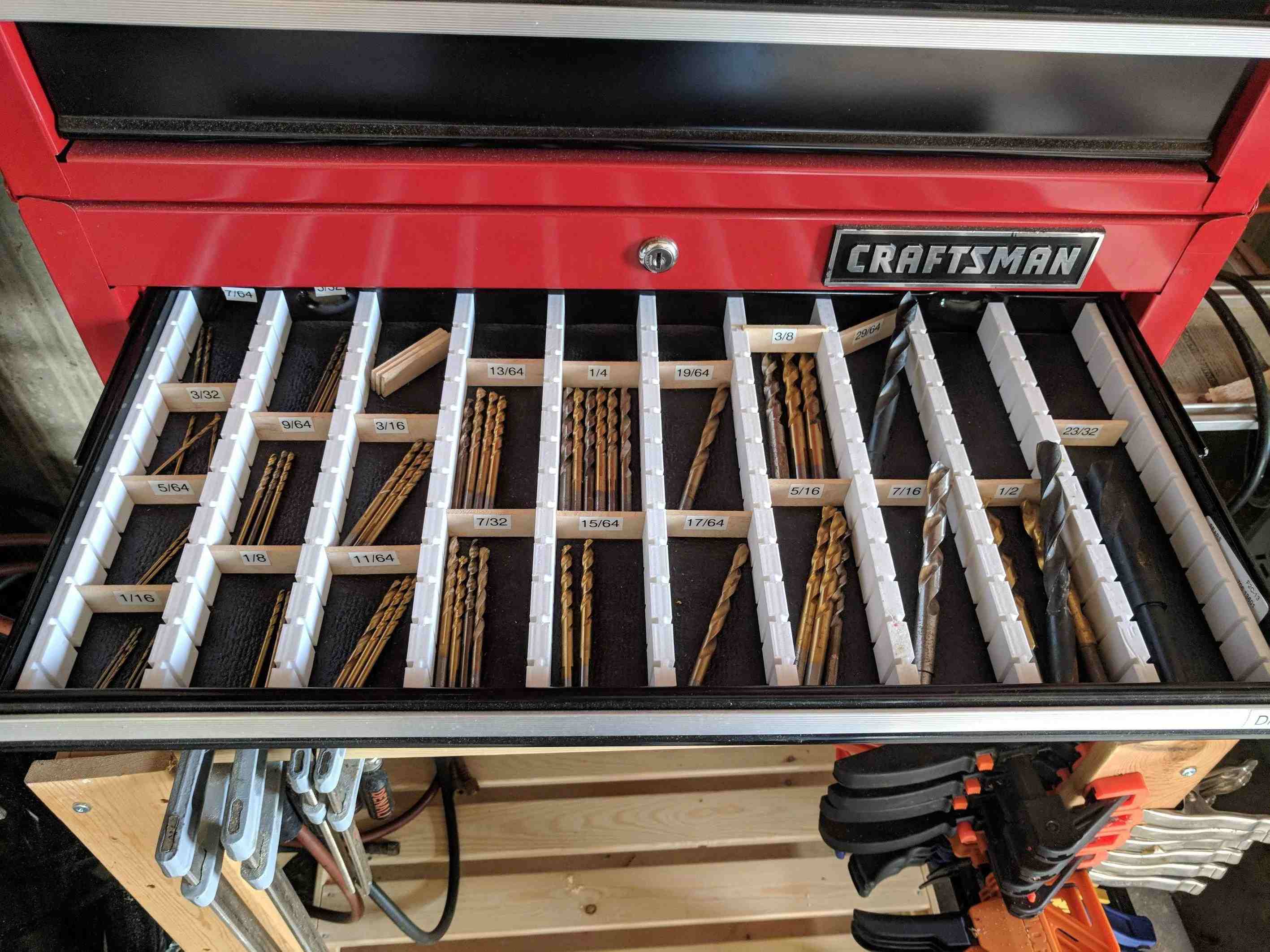
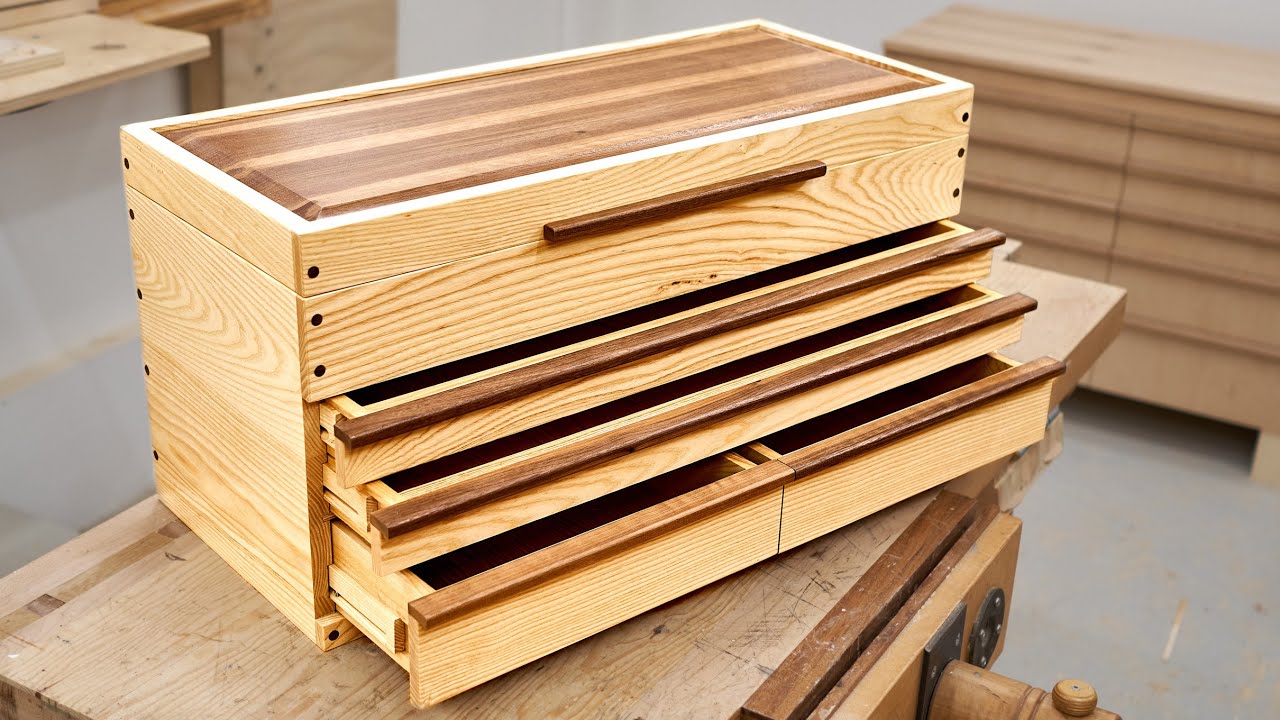
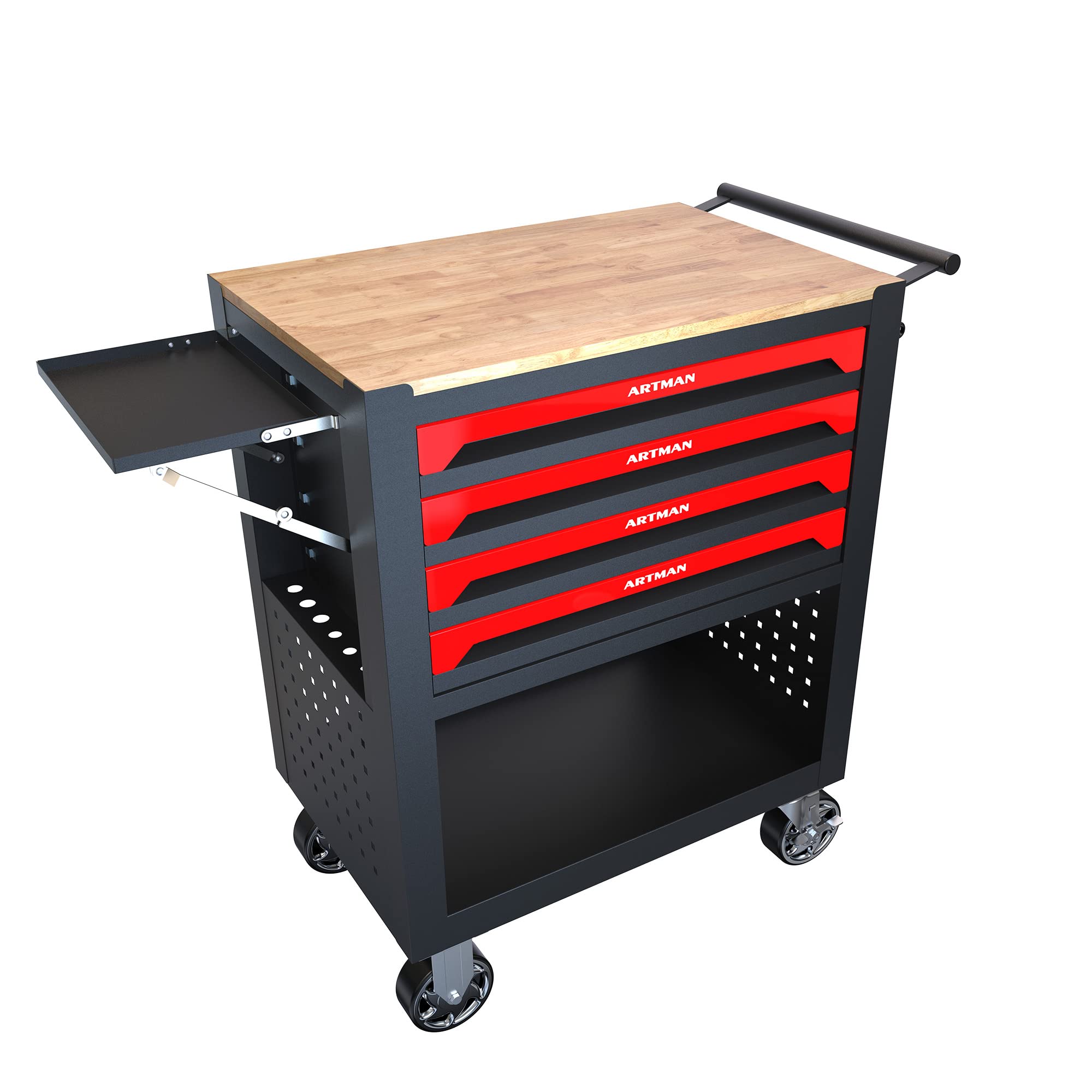
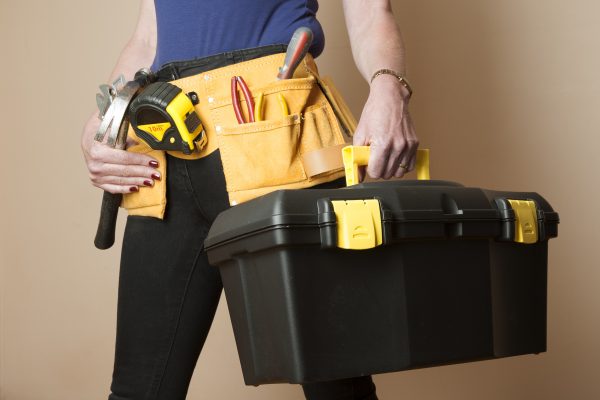
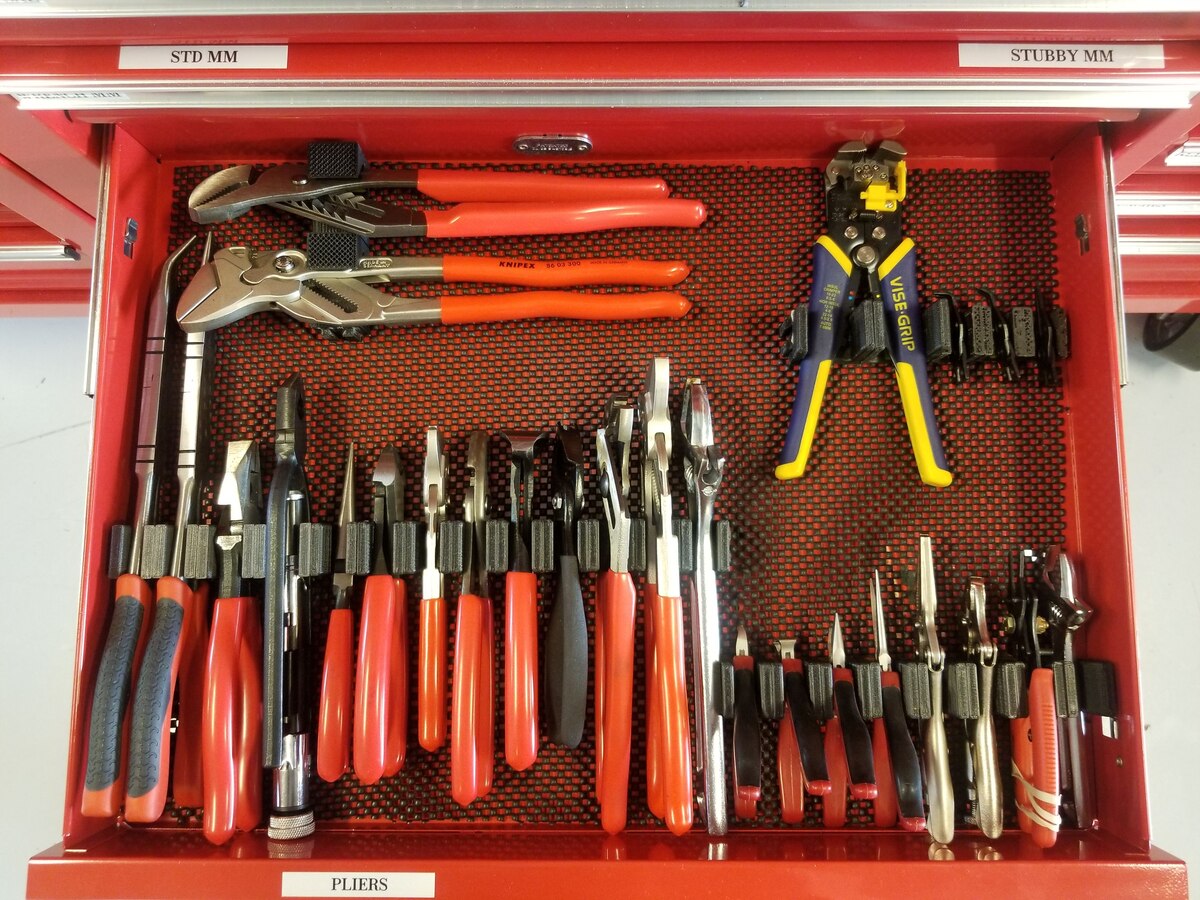
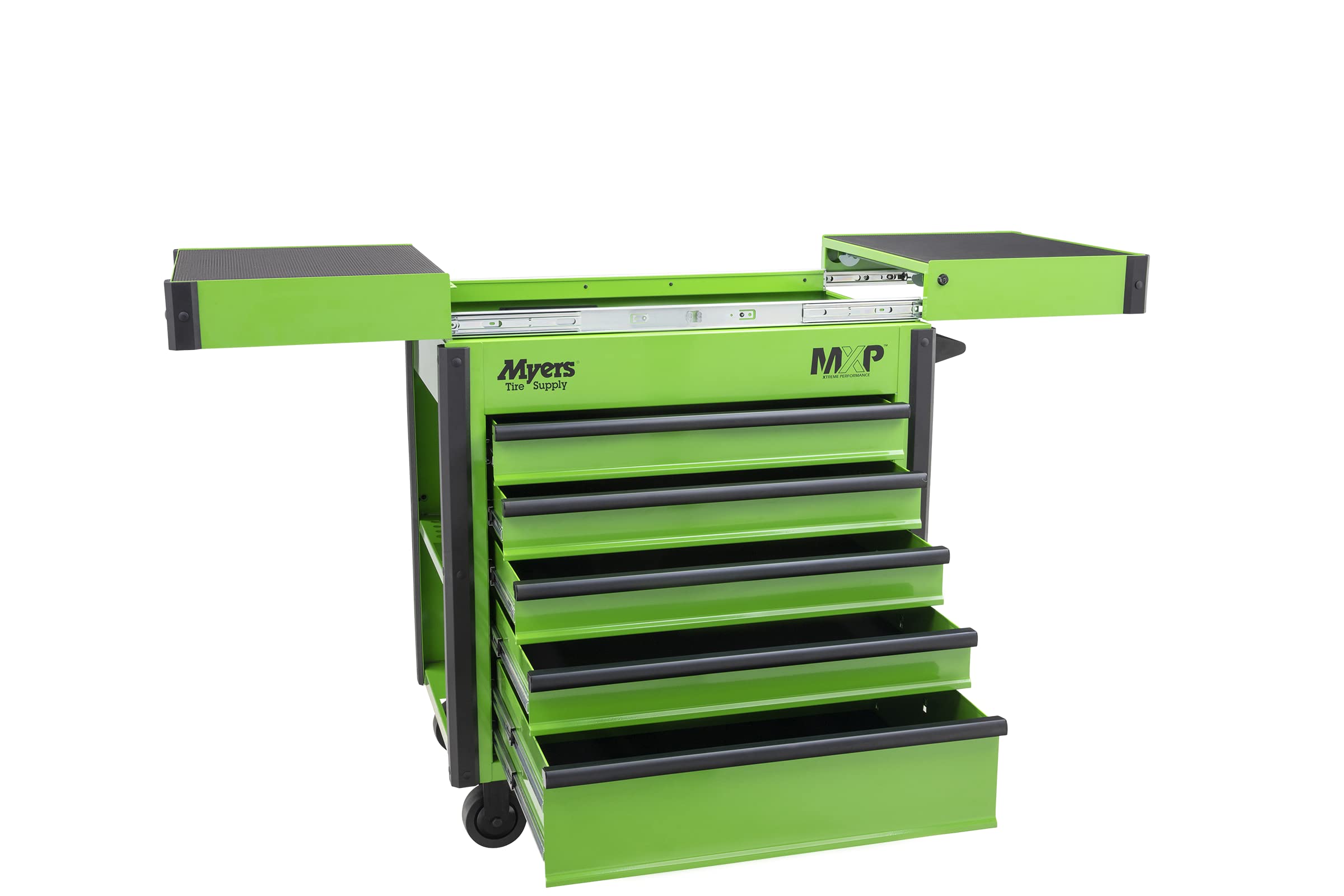
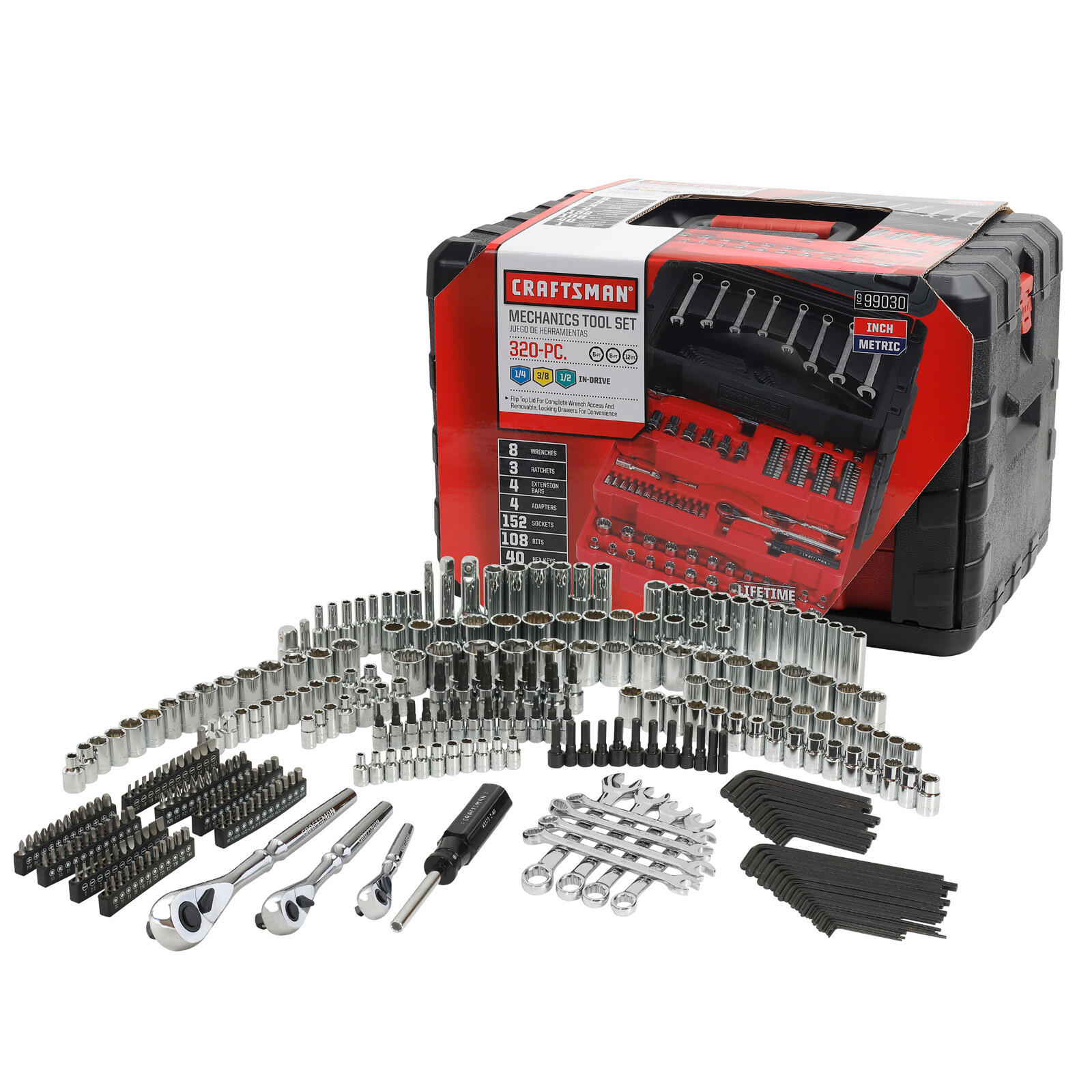
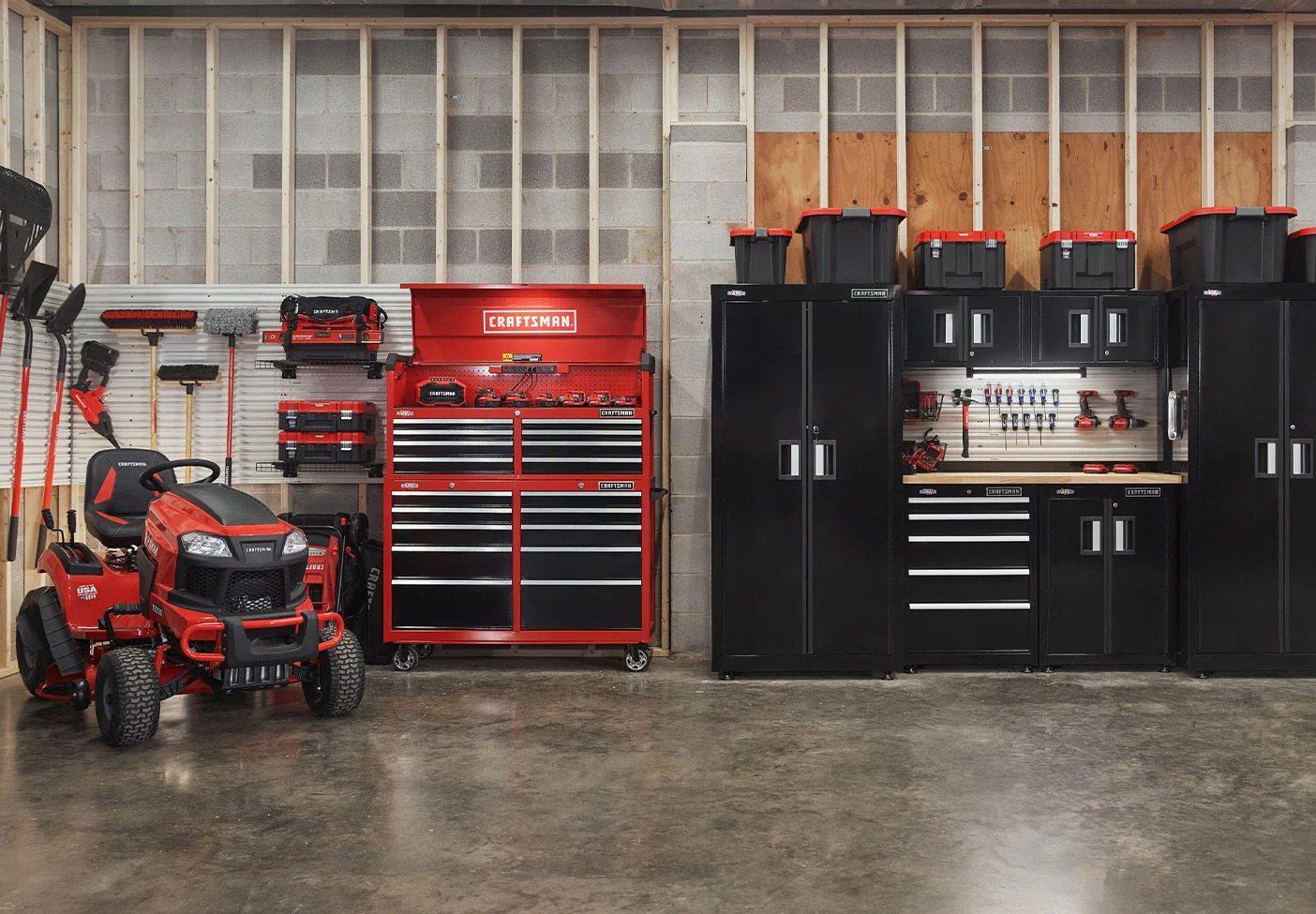
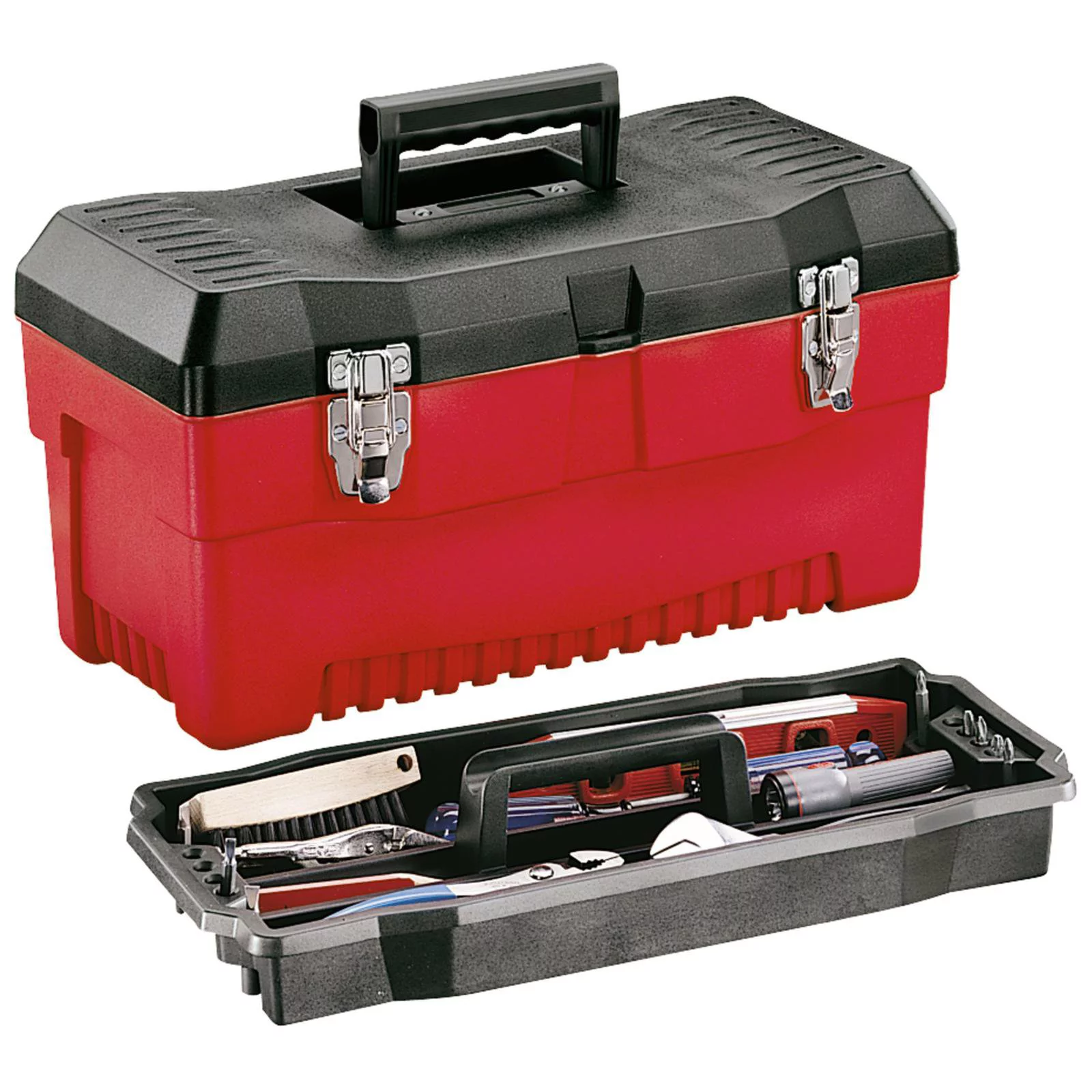
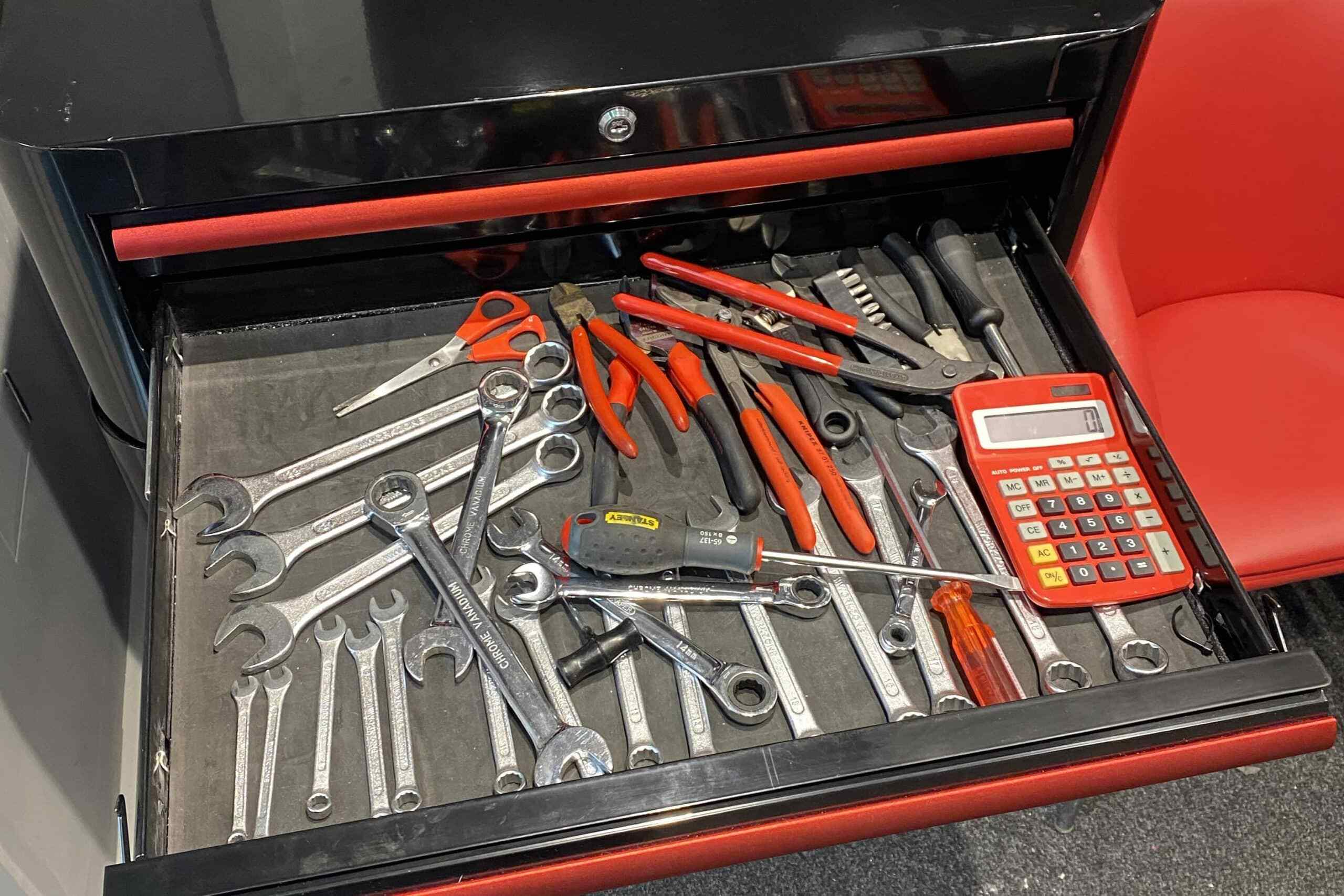
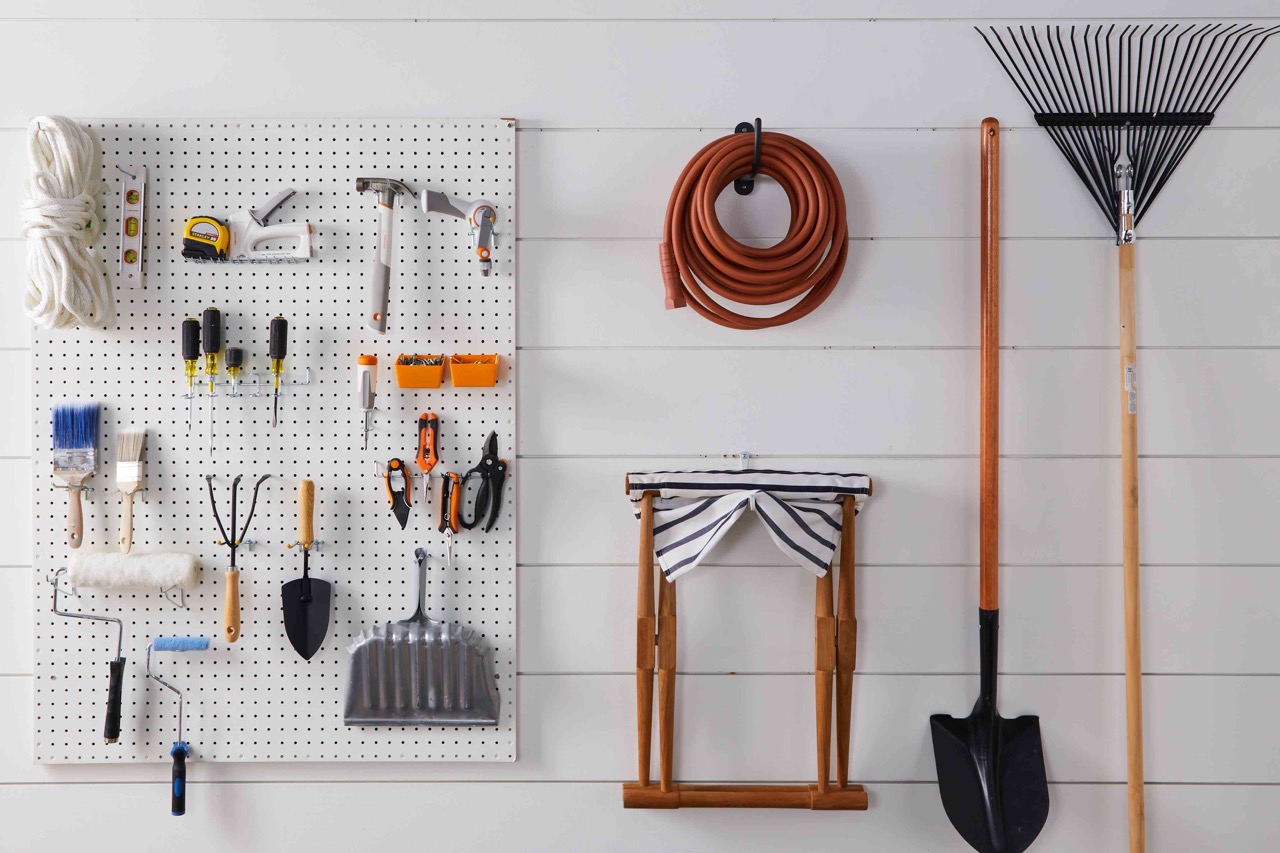
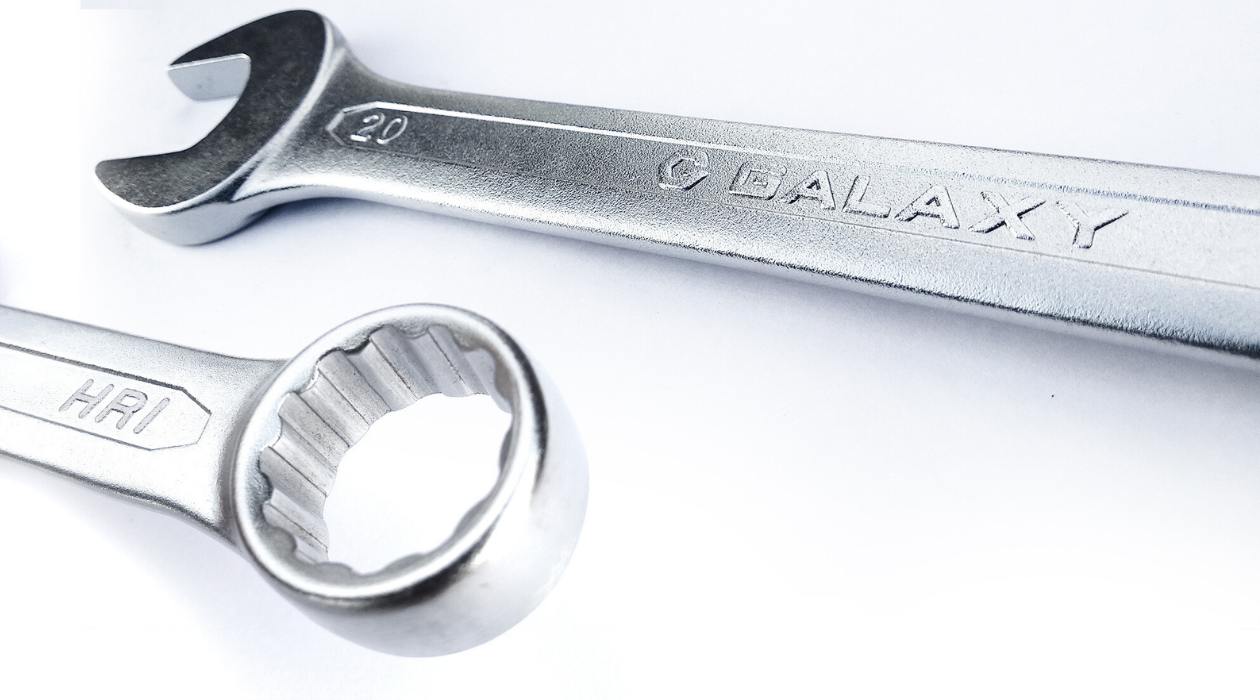
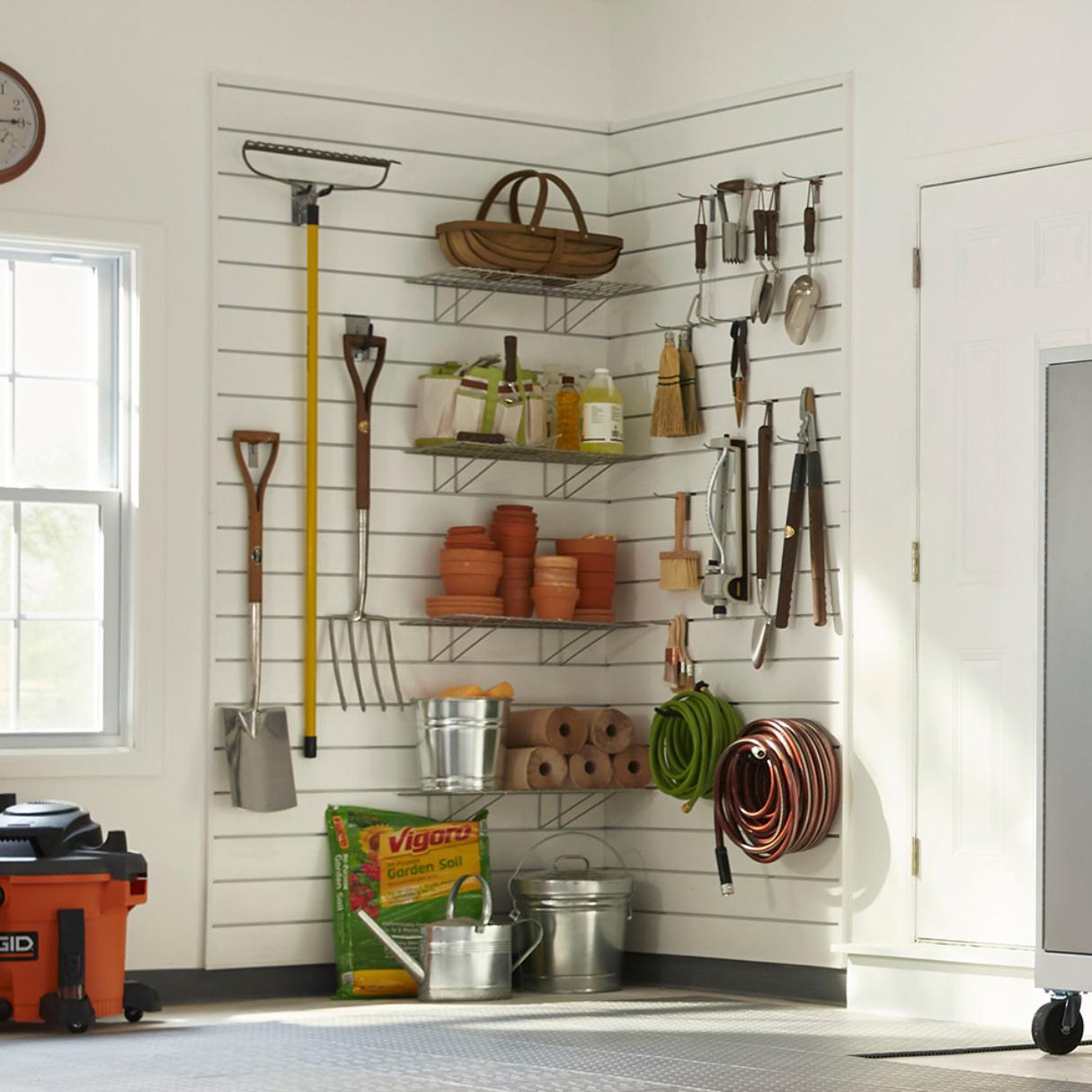
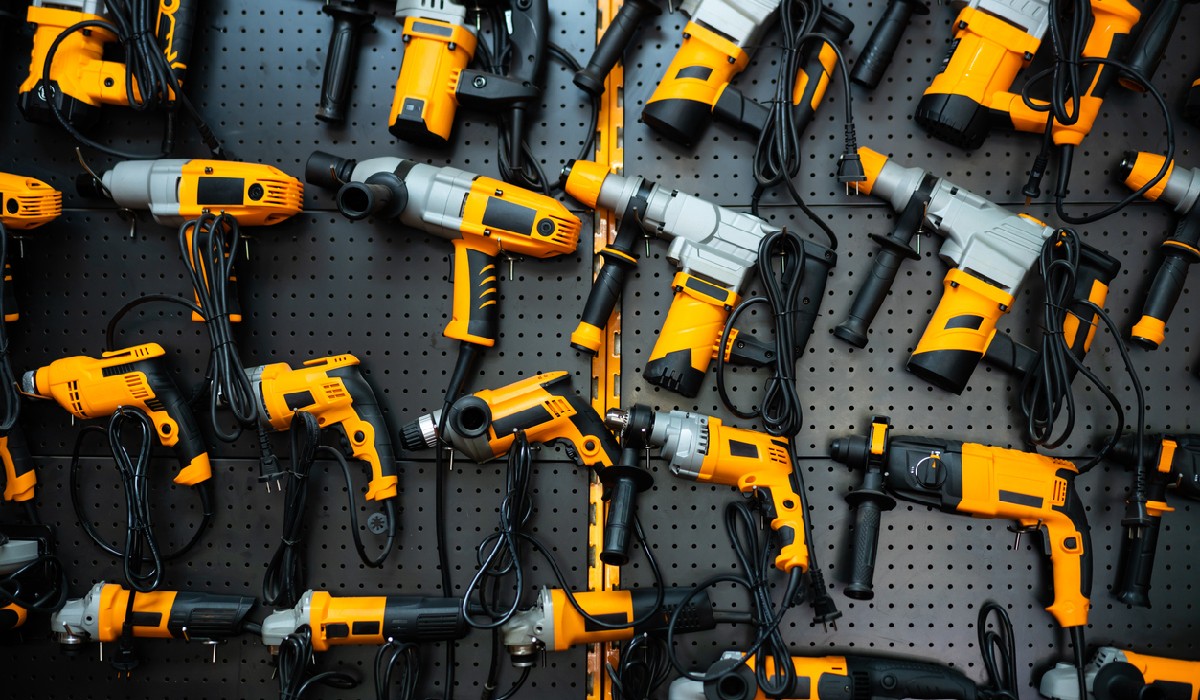
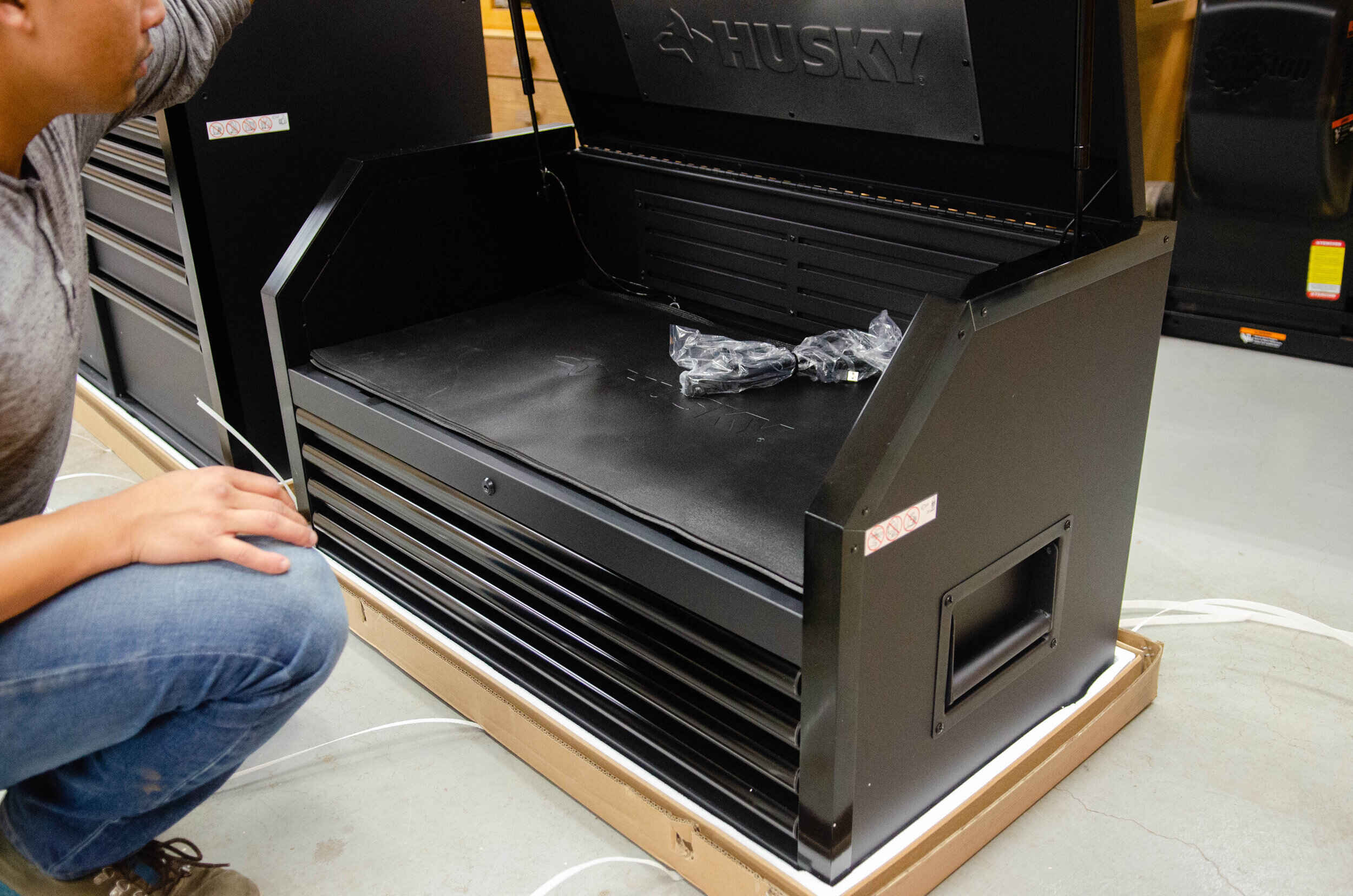

0 thoughts on “How To Organize Tools”